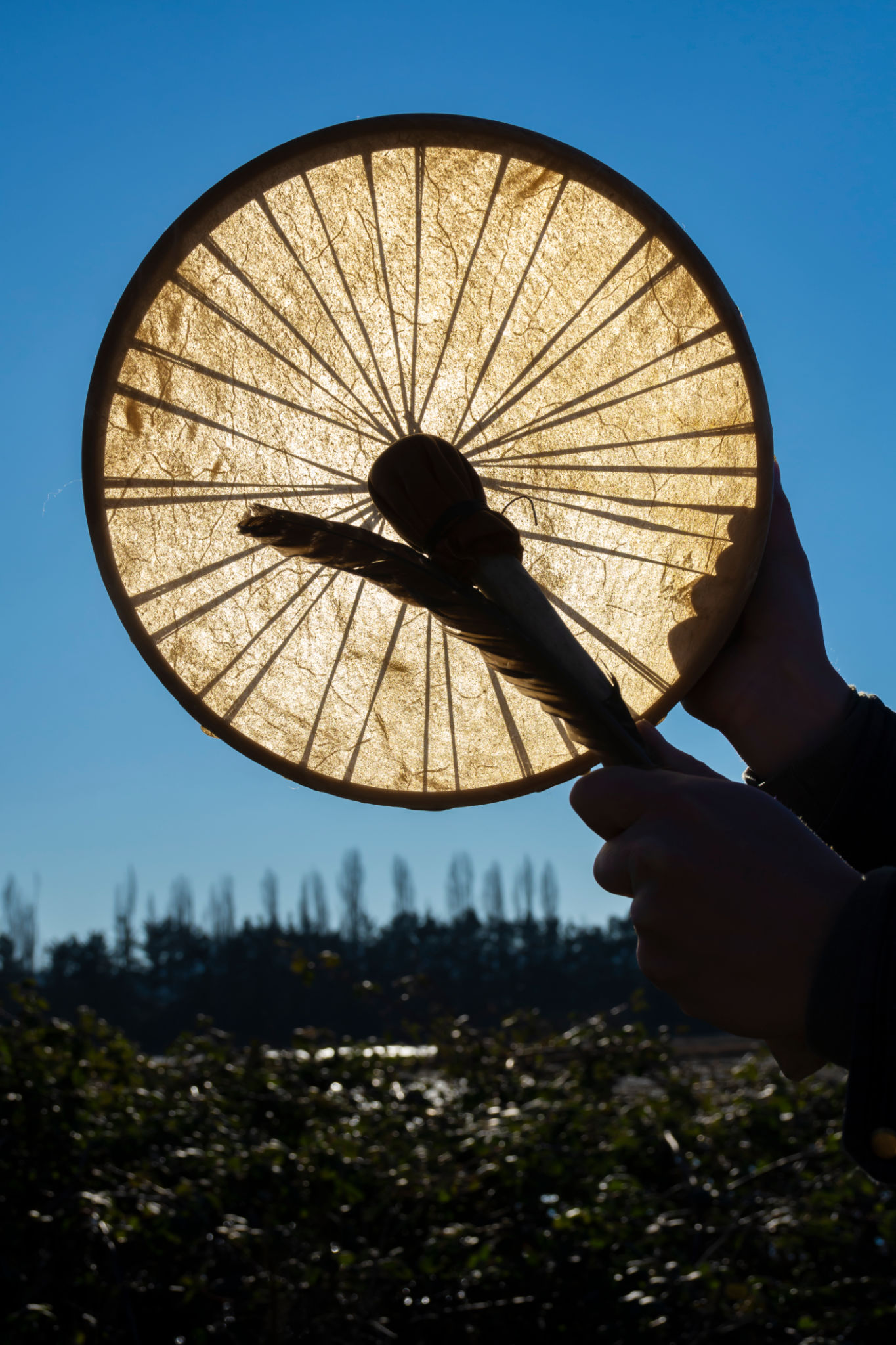A Case Study: Winning Travel Rights for Native American Tribes in the Supreme Court
Introduction
The journey of Native American tribes to secure their rights has been long and arduous, often culminating in landmark decisions by the Supreme Court. One of the pivotal areas where these rights have been fiercely contested is in the realm of travel and access to traditional lands. This case study examines a significant Supreme Court ruling that upheld the travel rights of Native American tribes, reflecting a broader recognition of their sovereignty and historical treaties.

Background of the Case
The case in question revolved around the right of a Native American tribe to freely travel across state lines to access their ancestral lands for cultural and religious purposes. Historically, many tribes have encountered barriers when attempting to exercise these rights, often due to state-imposed restrictions that conflict with federal treaties. In this particular instance, the tribe argued that their rights were guaranteed by a treaty signed over a century ago.
The Legal Struggle
The tribe faced numerous legal challenges, including opposition from state governments that cited concerns about jurisdiction and resource management. The case eventually ascended to the Supreme Court after several lower courts delivered mixed verdicts. This legal struggle underscored the complexities involved in balancing state interests with federal treaty obligations.

The Supreme Court's Decision
In a landmark decision, the Supreme Court ruled in favor of the Native American tribe, affirming their right to travel freely across state boundaries to access their sacred lands. The justices recognized that the treaties signed with Native American tribes are not merely historical documents but living agreements that must be honored and respected.
Implications of the Ruling
The ruling set a precedent for how similar cases might be adjudicated in the future, reinforcing the notion that treaties are binding and not subject to unilateral reinterpretation by states. This decision has been hailed as a significant victory for Native American sovereignty and has led to increased dialogue about the rights of indigenous peoples across the United States.

Impact on Native American Communities
For Native American communities, this ruling was more than just a legal victory; it was a validation of their cultural heritage and identity. The ability to access traditional lands is integral to preserving cultural practices and religious ceremonies that have been passed down through generations. This decision has empowered tribes to continue these traditions without fear of legal repercussions.
The Broader Context
This case is part of a larger movement aimed at acknowledging and rectifying historical injustices faced by Native American tribes. It highlights the ongoing efforts by indigenous communities to reclaim their rights and strengthen their sovereignty in a modern legal framework.
Conclusion
The Supreme Court's ruling on travel rights for Native American tribes marks a pivotal moment in the quest for justice and equality. It underscores the importance of honoring treaty obligations and provides a blueprint for resolving similar disputes in the future. As this case demonstrates, the path to securing indigenous rights is fraught with challenges, but it is essential for fostering mutual respect and understanding between Native American communities and the broader society.